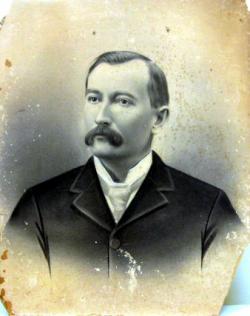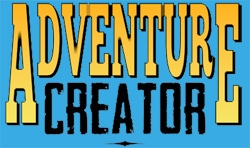Forum rules - please read before posting.
SkyTree
About
- Username
- SkyTree
- Joined
- Visits
- 3,235
- Last Active
- Roles
- Member
Comments
-
You would need to make a little custom script with on mouse hover that checks if your mouse hovers over your sprite/object and attach it to your sprite, then you can start you actionlist that you prepared in Unity with yourActionlist.Interact (); Sm…
-
I use it all the time. You misunderstood :) Object:Visibility doesn't check visiblity, it sets visibility. I want if visible/not do smth. And it would be good too to have if enabled do smth.
-
If only we could trust some one to make an easy tutorial to read for everyone else :)
-
Damn it. I again forgot about Hotspot: Change interaction :( and I still use double Hotspots in my own way. I gotta write it somewhere to not forget it next time. I know one guy who uses all his levels/scenes in one scene and he has like thousand…
-
Make an actionlist with your stuff you want to do and call this actionlist. Otherwise use parameters http://www.adventurecreator.org/tutorials/introduction-parameters
-
Transition helps to move on to the next animation, that you put into your animator. Unless you call animation play in your actionlist one by one with wait till finished checked, you may leave all your animations in your animator with out transitions…
-
I don't think they should be deleted at all. What are you trying to achieve?
-
Many thanks Chris. I completely forgot about it. Your kit is a must have! Can't praise enough :)
-
Thanks Chris :)
-
A Hotspot Menu? Whers is that and how do I lock it? Thanks Chris
-
Chris I'm using AC UI source for my inventory.
-
You mean if a certain interaction is running? I think there is an action to check if it is running. Otherwise I don't see the point of having it :) Unless you want to trigger something by refering to "if it is enabled do smth" but then th…
-
It is not a bug. Remember Visibilty doesn't remember current alpha value. That is why when you load your scene back Remember Visibility sets instantly your sprite visible to alpha value 1. The way I do it I simply change the value of the sprite al…
-
I vote for text tutorials. Easy to find exactly what you need in a matter of few seconds if you forget something, instead of watching entire 30+ mins videos. Not to mention some unrelated stuff people talk about in videos. Like in that serializati…
-
Not sure, but have you tried to add movable component to your hotspot and child it to your object that you move? I know for sure you can move hotspots.
-
Sprite fader component and call it in your actionlist with action object: fade ? Not sure it will work on 3d meshes, though.
-
I'm worried, you didn't add invisible component to you sprite and to your children if there are any :)
-
You would want to set up your actionlist with parameters just like in that tutorial Chris pointed out. And then assign game objects to the parameters, yes. For instance in my game I have 20+ objects to do the same thing/and some do the other things…
-
Huh, I changed Interaction method to Choose interaction then Hotspot. Now it is perfect I can't right click on the hotspots :) Thanks Chris!
-
Would love to see your progress and some videos :)

Howdy, Stranger!
It looks like you're new here. If you want to get involved, click one of these buttons!
Welcome to the official forum for Adventure Creator.
